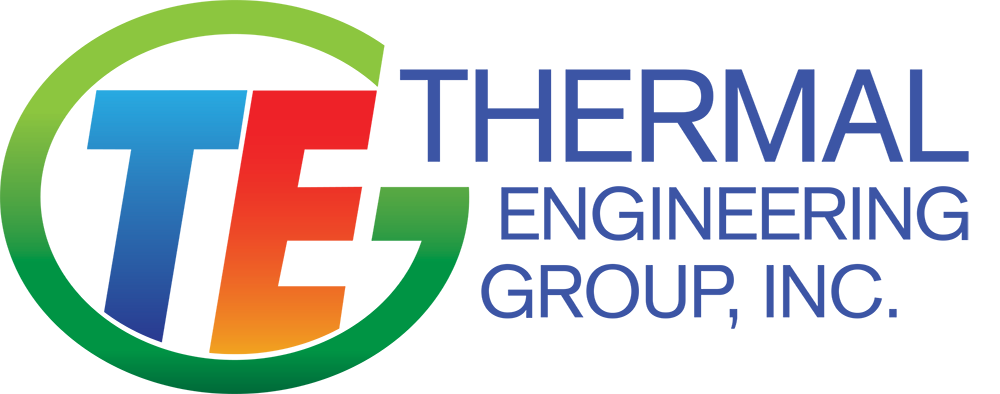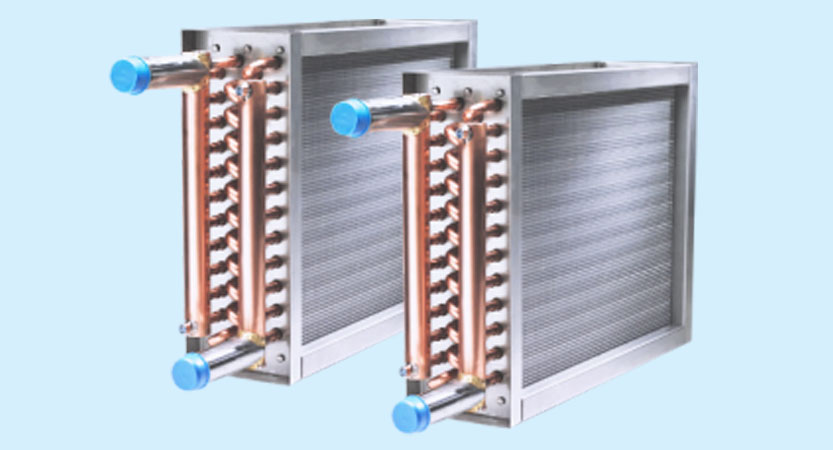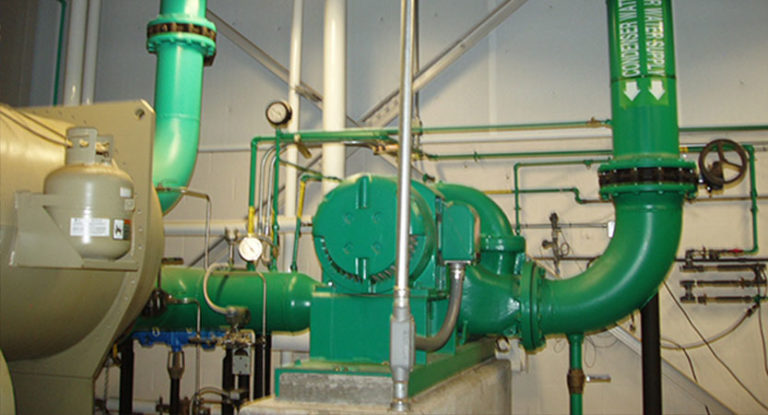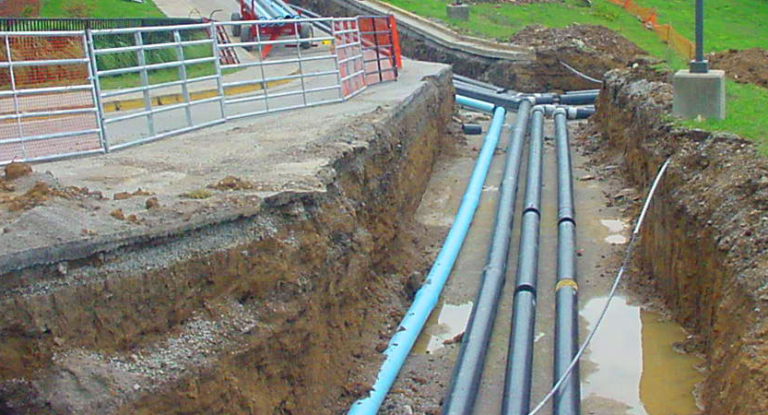If you use chilled water or hot water/steam for space conditioning and are planning on renovating or replacing your HVAC equipment, there are a few things that you should consider first. Your reasons for the renovation may vary from a need to completely remodel or repurpose the building or you may feel that the existing equipment has reached the end of its useful life and is in need of replacement. One very important consideration is the capacity of the new equipment and its relationship to the potential loads of the building post-renovation. A good analysis of the projected loads of the building will help with the proper sizing of the equipment since the renovated space may not have the same loads as the old space, especially if the functional uses of the spaces are now different and many older systems, although properly sized for the era of the original installation may now be inadequate for a modern office.
As the HVAC equipment ages, the heat transfer effectiveness decreases.
This phenomenon results in a decrease in the ability of the equipment to provide heating or cooling at the same “comfort” level as it did when it was newer. The fouling of the coils (air handlers, fan coil units and heat exchangers), poor water treatment and inadequate preventative maintenance all contribute to a reduction in the approach temperature and humidity control of the conditioned air causing the need to change the thermostat setting in order to approach the same or similar comfort level.
When this occurs, the effective capacity of the units have diminished and the same or similar comfort level is only achieved by running the units longer in order to adequately condition the building’s air. Eventually, this trick of changing your thermostat setting doesn’t work and your equipment will have to run continuously while struggling to maintain the air quality near a reasonable comfort level. These issues become more evident on those hot summer afternoons when the sun is beating down and the building is fully occupied. For the heating side, you may notice that it takes longer on those cold winter mornings for the building to warm up. Some of your tenants may also have started adding electric resistance heaters to compensate for the decrease in heat produced by the HVAC system.
When the equipment is replaced with equipment having the same or similar rated capacity, the building owner may notice an improved comfort level, but the actual demand has increased.
If the heating and cooling equipment is not metered separately, the building owner may notice an increase in the electric demand or electric cost each month when the expectation was that the new equipment would save money. If the equipment is metered separately, such as the case with a district energy system, the increase in heating and cooling demands may be more noticeable since the district energy invoice is directly related to the HVAC demands and usages.
The increase in demand is due to the new equipment’s ability to adequately remove (when cooling) or add (when heating) energy to the building where the old equipment just lacked the capability. The increase in demand may be more noticeable with the cooling since the humidity level is essential in maintaining that desired comfort level.
Let’s take an example of a building determined to require 100 tons of cooling using today’s standards. Assuming that the original equipment capacity was 100 tons and was able to provide a reasonable comfort level when it was new, its effective capacity may have decreased to 75 or 80 tons over the course of a decade or more due to coil fouling, poor maintenance, etc. This means that the building space may no longer be comfortable on the hotter days and the latent heat rejection may have decreased. The humidity level will increase under these conditions, and the unit will have to run longer to satisfy the dry bulb setting of the thermostat. Over time, the tenants may become acclimated to these conditions and your accountant becomes used to paying the same bills each month.
After you replace the units serving this load, you may notice that the comfort level is now “fantastic” or even too cold since it now has the ability to reject all 100 tons when your tenants have become used to the less than favorable conditions provided by the old equipment. In fact, you may have to change the wall-mounted thermostat setting since you always needed to have it set at 65°F to stay “comfortable” but now, 75°F is comfortable. Then the accountant gets the invoice.
The new equipment is simply able to reject all of the heat that the old equipment couldn’t do; the need for this level of cooling was always there but it wasn’t being satisfied. You may experience a higher HVAC cost but the new equipment may save you money in the long run since it should be able to operate fewer hours per year, assuming that the solar, equipment (computers, copiers, etc.) and people loads of the building remained the same.
An energy management system can help reduce those costs by better controlling when and for how long the HVAC equipment is operating. It can also control how the equipment is staged so that the number of units operating at any one time can be managed. It can also better control the building’s humidity level without driving down the dry bulb temperatures.
Overall, the building’s projected heating and cooling demands should be evaluated or re-evaluated during a renovation or remodeling project to assist in properly sizing the new HVAC equipment. Even with properly sized equipment, the heating and cooling demands may be higher after renovation since the new equipment will likely be able to provide the level of comfort your tenants want and need. A good water treatment program and regular preventative maintenance will help keep the new equipment running better and may prevent equipment and system degradation.




